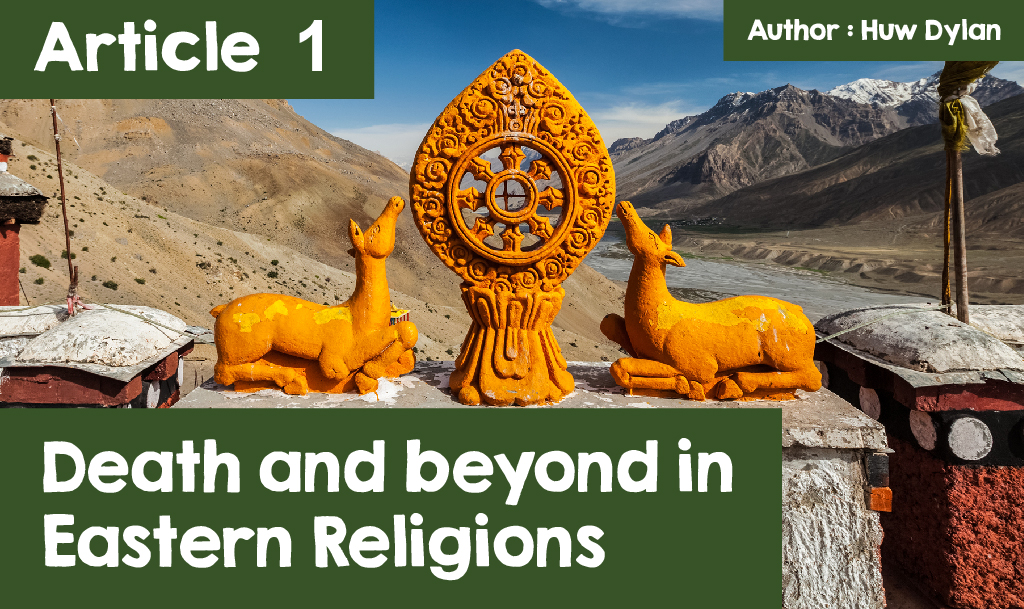Death and beyond in Eastern Religions
Is life cyclical or linear? This is the greatest difference between Eastern and Western Religions in terms of how they look at life, death and life after death. On the one hand, Buddhism, Hinduism and Sikhism believe that we live our lives, that we die and are then reborn to live another life. On the other hand, Christianity, Islam and Judaism believe that we only get one life and after death we are judged by God and are sent to heaven or hell, depending on how we have behaved during our lives. However, I am sure you have noticed that all of the world's major religions believe that there is life after death. What do you think?
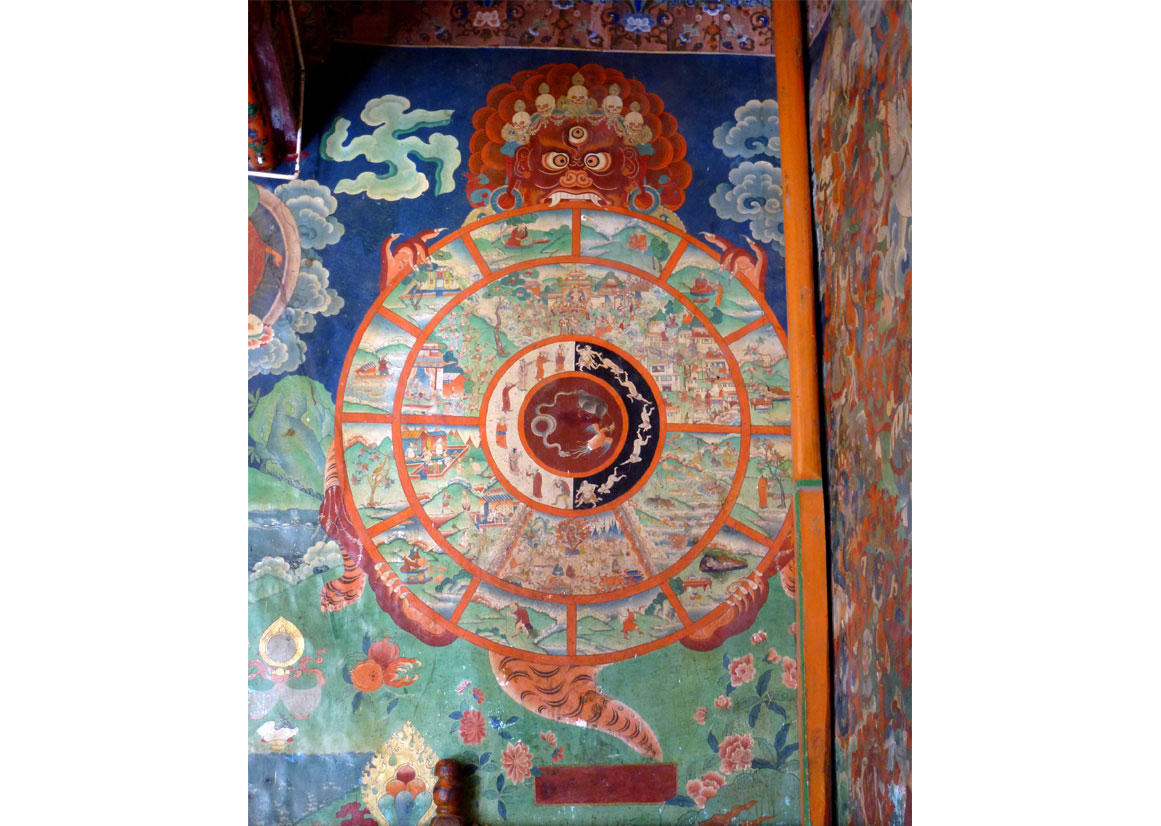
The Tibetan Wheel of Life at Sera Monastery, Tibet.
(Creative Commons Attribution 3.0 - Hiroki Ogawa)
Buddhists believe in a cycle of death and rebirth, which is known as Samsara. Buddhists are attempting to escape this cycle and attain enlightenment or nirvana in doing so. After death, Buddhists believe that the person's energy passes on to another form and this may be as a human being, animal, spirit or god. Buddhists do not believe in a soul that lives forever as nothing is permanent - everything constantly changes. Karma determines the form of the rebirth - an intentional act. Gathering good karma is essential if nirvana or better rebirth is to be attained. Following the Eightfold Path creates good karma, which provides clear guidance to Buddhists on how to live. Buddhists who have attained enlightenment are not reborn. Tibetan Buddhists follow the 'Tibetan Book of the Dead' which describes different states of existence between death and rebirth known as bardo and the Wheel of Life shows the different realms where someone can be reborn.
Buddhist funerals reflect some of the things they believe about life after death. They are not entirely sad occasions as they believe the person has been reborn and they hope they have a happier and more content life. The family hopes to ensure a better rebirth by praying and offering food for the monks. Theravada Buddhists in countries such as Sri Lanka believe that rebirth happens immediately and, at the funeral, the family will present material to the monks to make new clothes as a symbol of this.
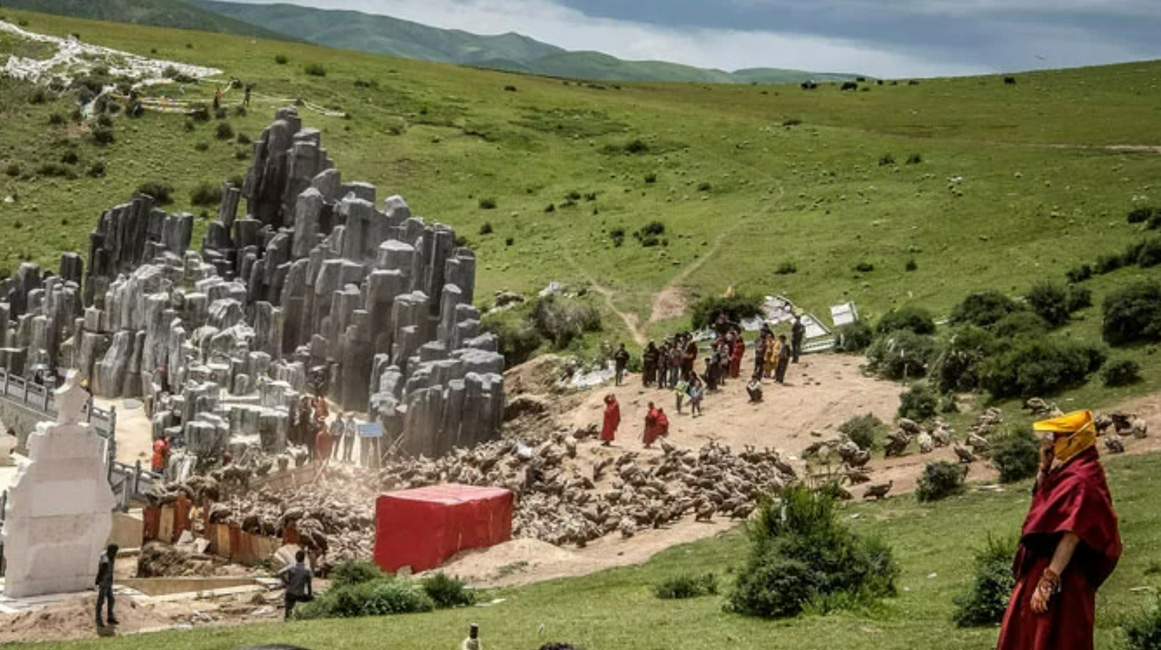
Sky burial location
(© TIBETTRAVEL.org - https://www.tibettravel.org/tibetan-local-customs/tibetan-funeral.html)
Mahayana Buddhists in countries such as Tibet believe that there is a 49-day period between death and rebirth. This is the bardo period. As Tibet is a mountainous country, it is difficult to bury a body and, therefore, the body is either cremated or cut into pieces and fed to vultures. This is a sky burial. It is carried out by experts or monks and is symbolic of the fact that nothing remains the same.
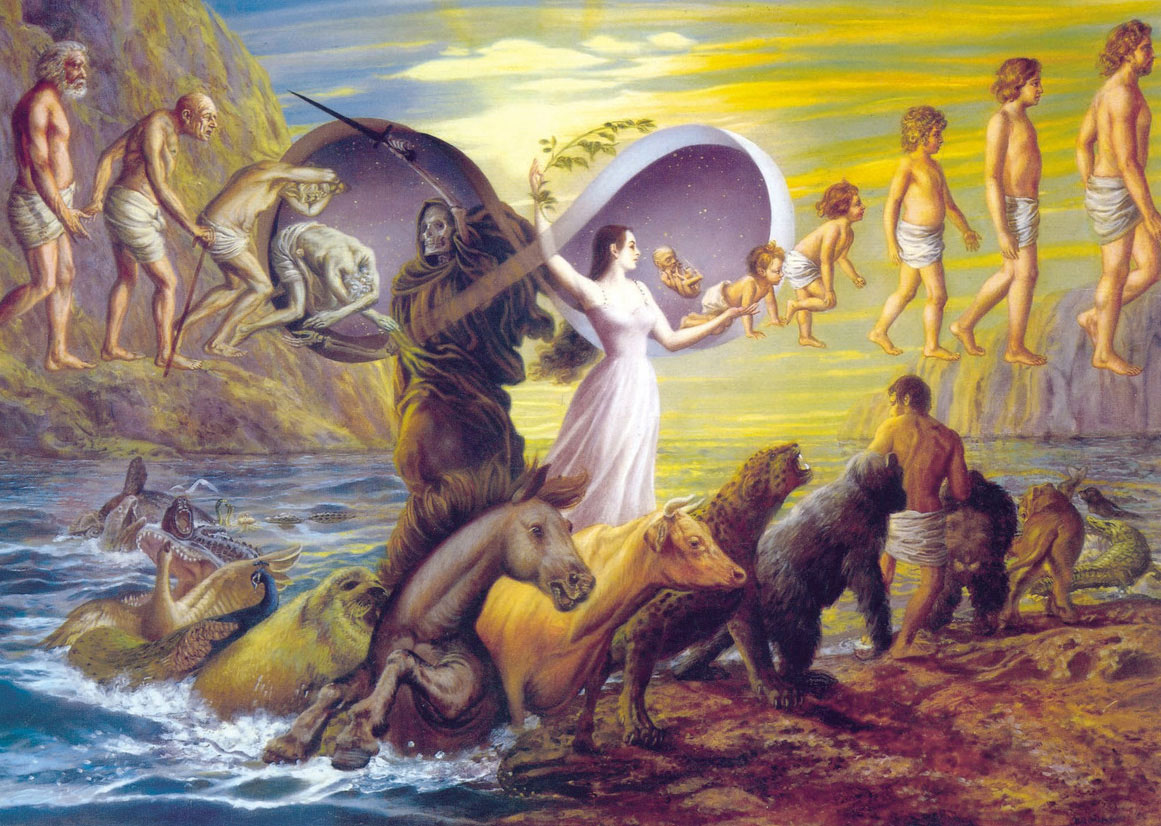
Reincarnation
(The Cycle of Birth and Death © Jadurani Dasi)
Hindus have many similar beliefs to Buddhists about life after death. This is unsurprising as there is a close connection between both religions. Hindus also believe in Samsara, the cycle of life, death and rebirth or reincarnation as known by Hindus. When a person dies, their soul, the atman, is born in a different body. This is how the Bhagavad Gita, one of Hinduism's holy scriptures, describes it - As a person sheds worn-out garments and wears new ones, likewise, at the time of death, the soul casts off its worn-out body and enters a new one. Some believe that the atman is immediately reincarnated after death while others believe the atman spends time in swarg, a Hinduist heavenly realm or in narak, a Hinduist hellish realm before being reincarnated. Karma determines in what kind of body the atman is reincarnated - good karma is good actions and ensures better reincarnation and bad karma derives from bad actions, which mean that the atman may be reincarnated in the body of an animal. Hindus seek to break the cycle and reach Moksha where the atman either re-joins the great God of Brahman or lives in the presence of Brahman as a personal God. The way to reach moksha is to follow your dharma or duty in life and gather enough good karma to break the cycle of samsara.
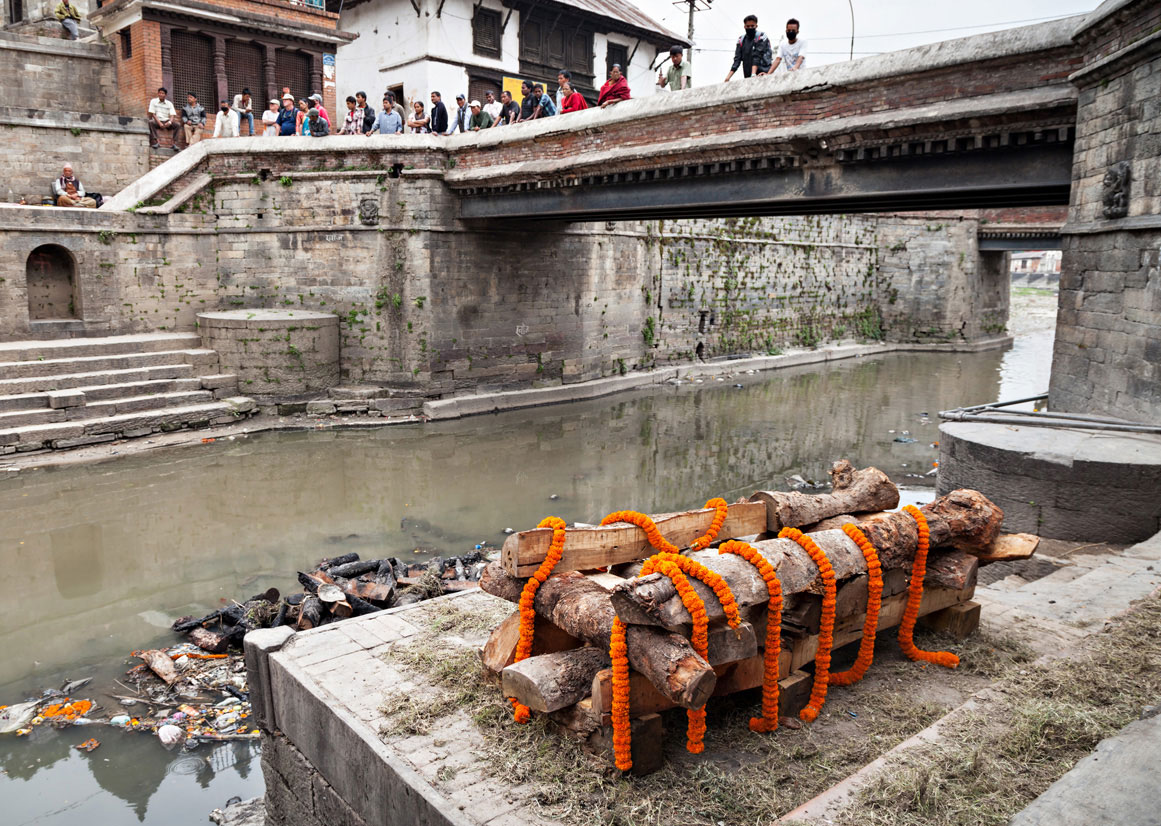
Hindu funeral
(© Ingimage)
Hinduist funereal rituals attempt to help the soul to move on to the next life or to reach Moksha. The eldest son is responsible for the funeral arrangements. In most instances, Hindus will cremate and not bury and every Hindu wishes to die near the sacred Ganges river in India and for their ashes to be scattered on the surface of the river. Should this occur, Hindus believe that the cycle of Samsara will be broken and the soul will immediately go to Moksha. Of course, this is not possible for everyone and, therefore, the relatives of Hindus who have died in other countries will often bring their ashes to India to scatter in the Ganges. If this is not possible, then the ashes are scattered in a local stream, river or sea.
Sikhism also shares a number of similar beliefs to Buddhism and Hinduism about life after death. They believe in Samsara and that everyone has the opportunity to reach God - Waheguru - in Mukti. In order to reach Mukti, Sikhs must live their lives and always focus on Waheguru. They must also behave with love and compassion towards others. Sikhs also believe in reincarnation and that a number of lives must be lived before the cycle of Samsara can be broken. For Sikhs, all living beings have a soul or atma. The atma is part of Waheguru, the divine spark that is inside every living being. In death, the atma is reincarnated in another body and the type of body will depend on the karma gathered during the previous life. In order to reach Mukti and for the atma to be able to re-join Waheguru, bad karma must be eliminated and focus on gaining good karma.

Dust scattered on a river in India
(© Hindustan Times)
Sikhs also cremate and the ashes are scattered in a river in India or wherever the Sikh lived. This represents the fact that the soul has moved on either to another body or has re-joined Waheguru. Sikhs do not believe in grieving for a long time and they are encouraged to accept that everything is God's will.


